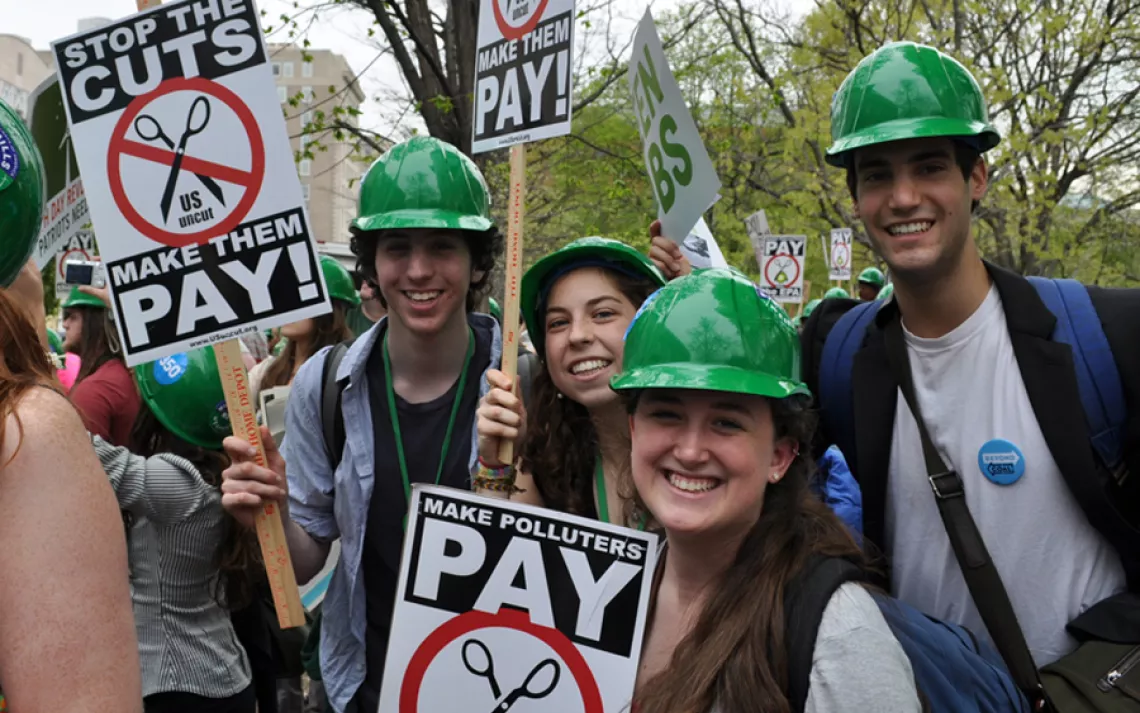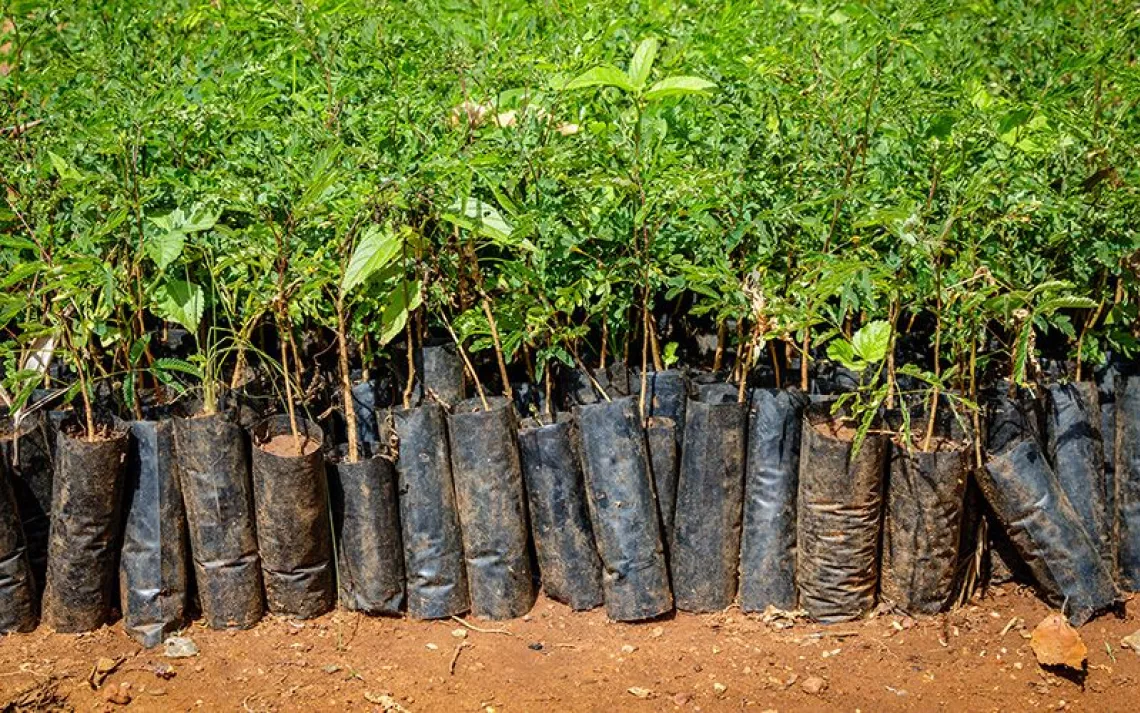Training for a Trade
Want a green job? Bypass the ivory tower. A community college may be better at getting you employed.

Bakersfield College students practice installing solar panels. | Photo courtesy of Kern Community College District
Sungevity is on a hiring tear. Business has been hot for the Oakland, California, solar company even when the economy has been cold, thanks to homeowner demand for photovoltaic panels.
When Susan Hollingshead, Sungevity's "chief people officer," needs to fill a slot, she has to look only a few blocks away to Laney College, which has been training green-collar workers for the energy-efficiency industry for the past four years. "Community colleges are playing an important and effective role in preparing workers for solar jobs," Hollingshead says. "The challenge is that there's been a lot of job growth and variation. Everyone has to pedal to keep up."
These days, 3.1 million Americans have green jobs--work that benefits the environment or conserves natural resources. The task of preparing employees for these positions is increasingly falling on community colleges and vocational and technical schools. But the future of these schools' training programs is in doubt--many of them were born in the wake of the Great Recession, as the government poured billions into stimulating jobs by jump-starting renewable energy production and home weatherization. That money is now largely gone. To keep the programs going and to meet industry demand for well-trained people, community colleges like Laney are collaborating with employers to secure cash.
Students, many in their 30s or older, enrolled in Laney's 17-week solar program take classes such as Introduction to Photovoltaics. Graduates, some of whom have been laid off from traditional manufacturing jobs, find work selling and installing solar panels and conducting energy audits.

A Laney College student learns how to fix a heating duct.
California-based SolarCity, America's biggest residential solar installer, depends on these vocational programs as it expands nationwide. "We want them to train people we would want to hire," says Raya Zion, SolarCity's development manager. To ensure that the company gets the best candidates, it works with community colleges to secure grant funding to train students and then pledges to consider those people for jobs. "The closer they can meet the curriculum we need, the more likely we're going to hire their students," Zion says.
Green-power company EDF Renewable Energy donated $160,000 to Bakersfield College in California, money that will go toward teaching technicians to tend to thousands of wind turbines in the nearby Tehachapi region. EDF has promised to hire the college's students as interns.
"I wouldn't say there's a shortage, but it's tough to find people to be good wind technicians," says Mark Tholke, a project development executive with EDF. Some 75 percent of graduates from Bakersfield College's clean energy program find work within 90 days, he says.
Solar and wind may seem sexy--many imagine working outdoors--but many of today's green jobs are actually in factories. Plant managers want people who can improve efficiency and reduce expenses and eco-impact. To that end, the BlueGreen Alliance, a partnership between labor and environmental groups, helps community colleges get money so that manufacturing workers get new training.
"I don't make this distinction that green jobs are associated with a few renewable energy industries," says David Foster, the alliance's director. "Our philosophy is that any job can become a green job if it's taught the right way for the right purpose."
 The Magazine of The Sierra Club
The Magazine of The Sierra Club



